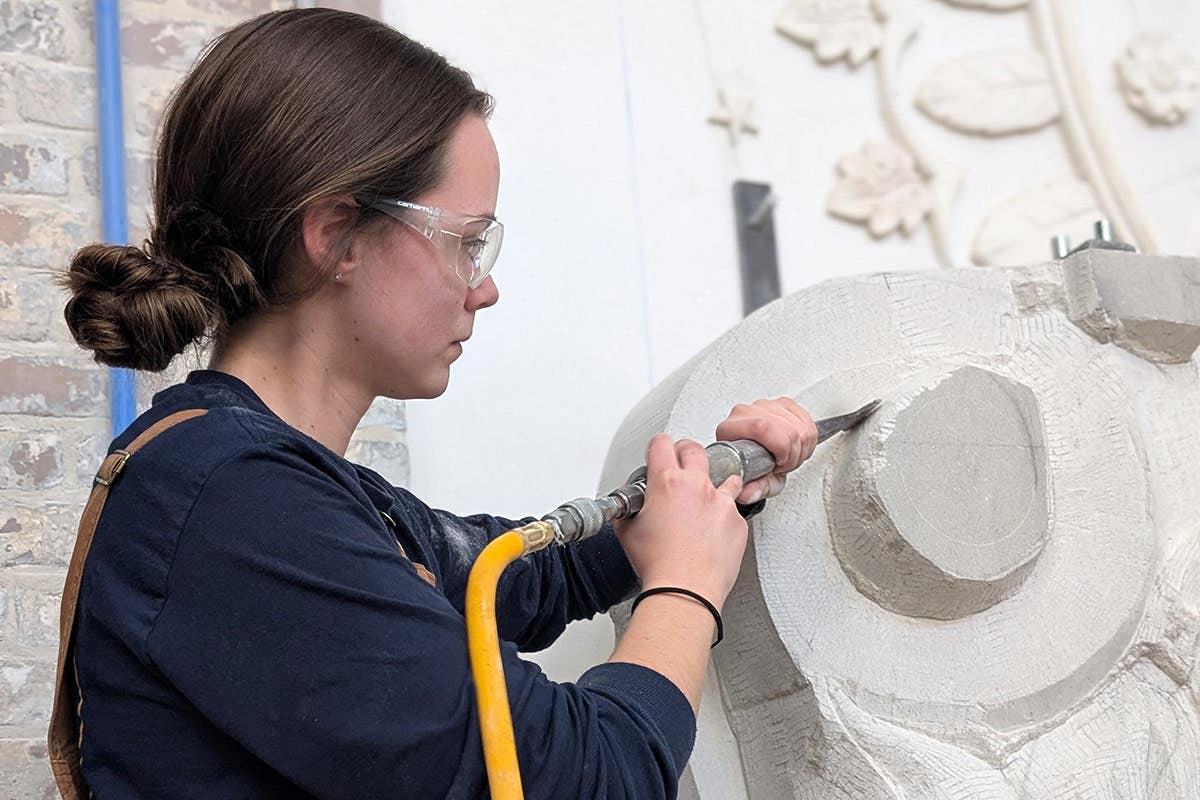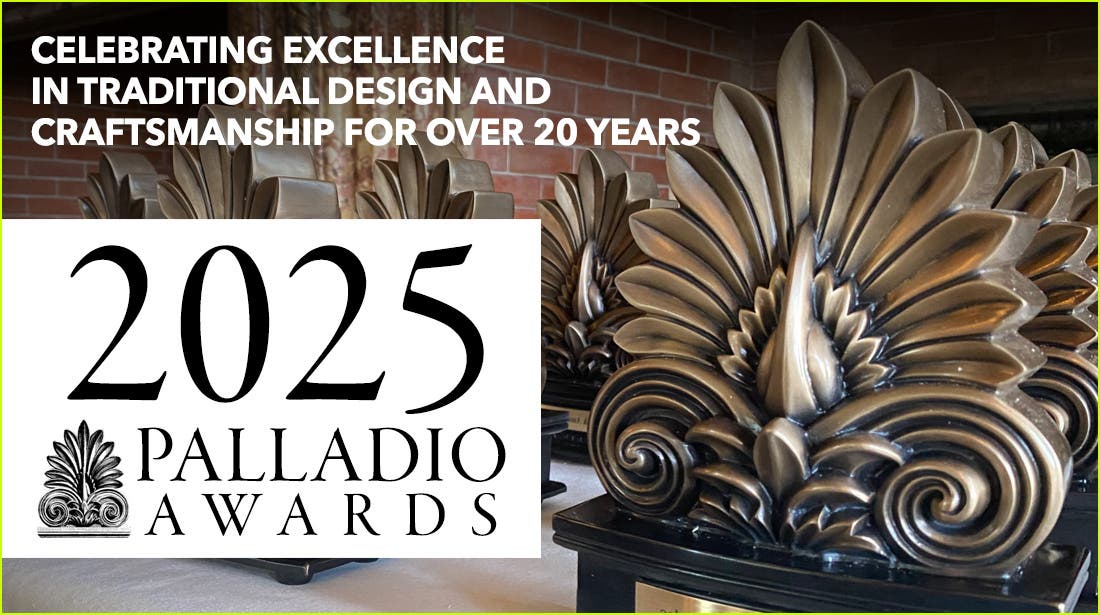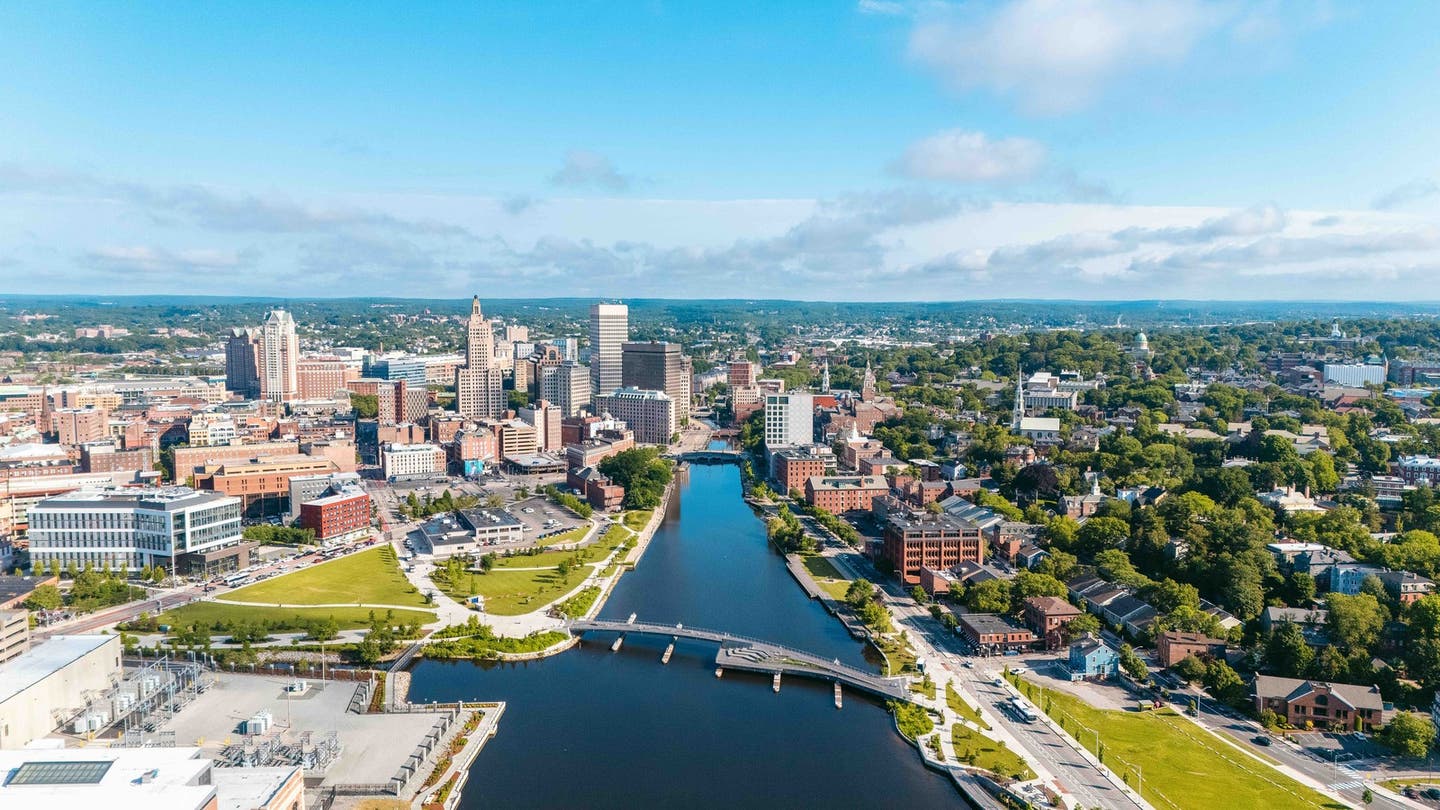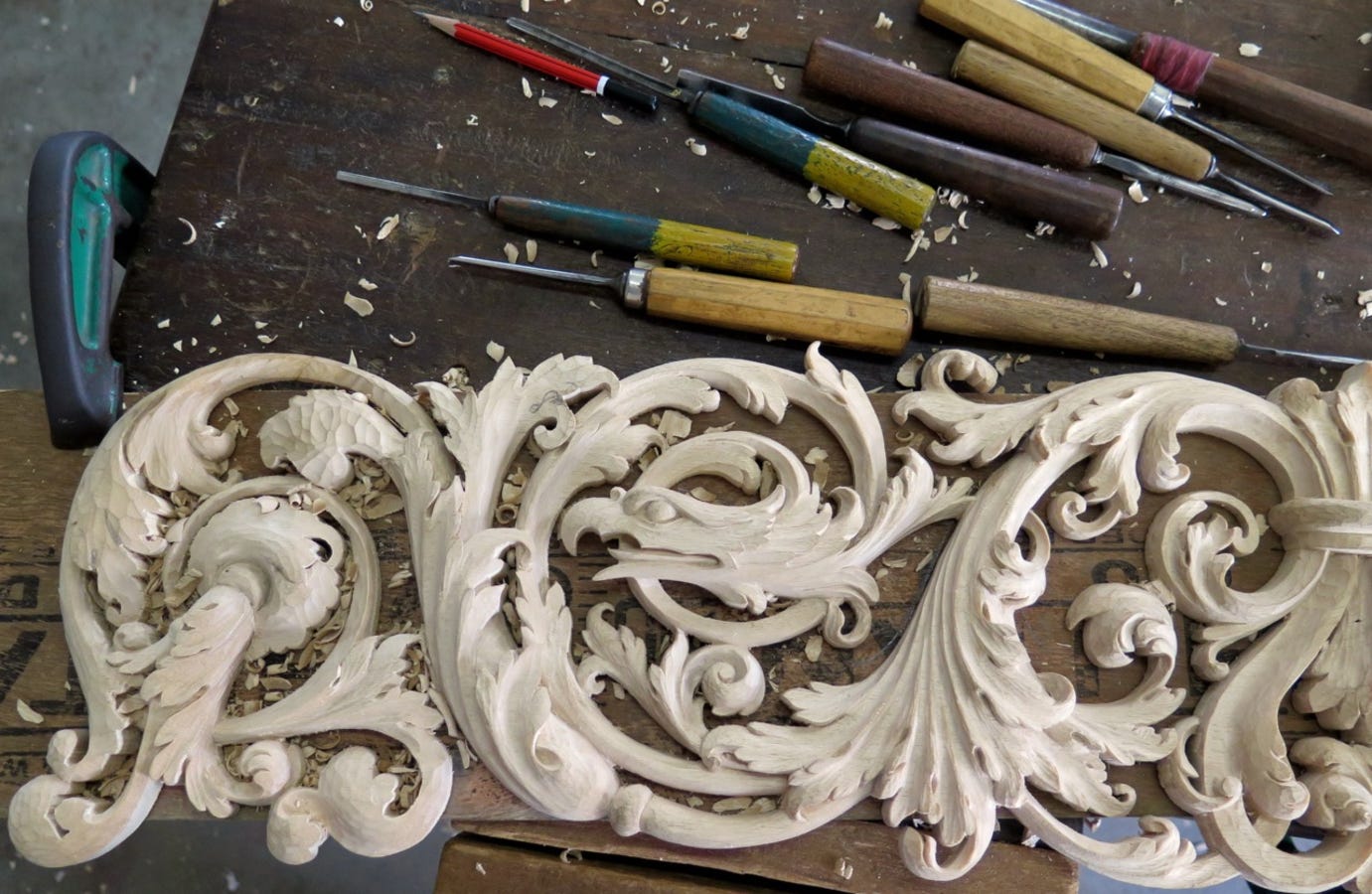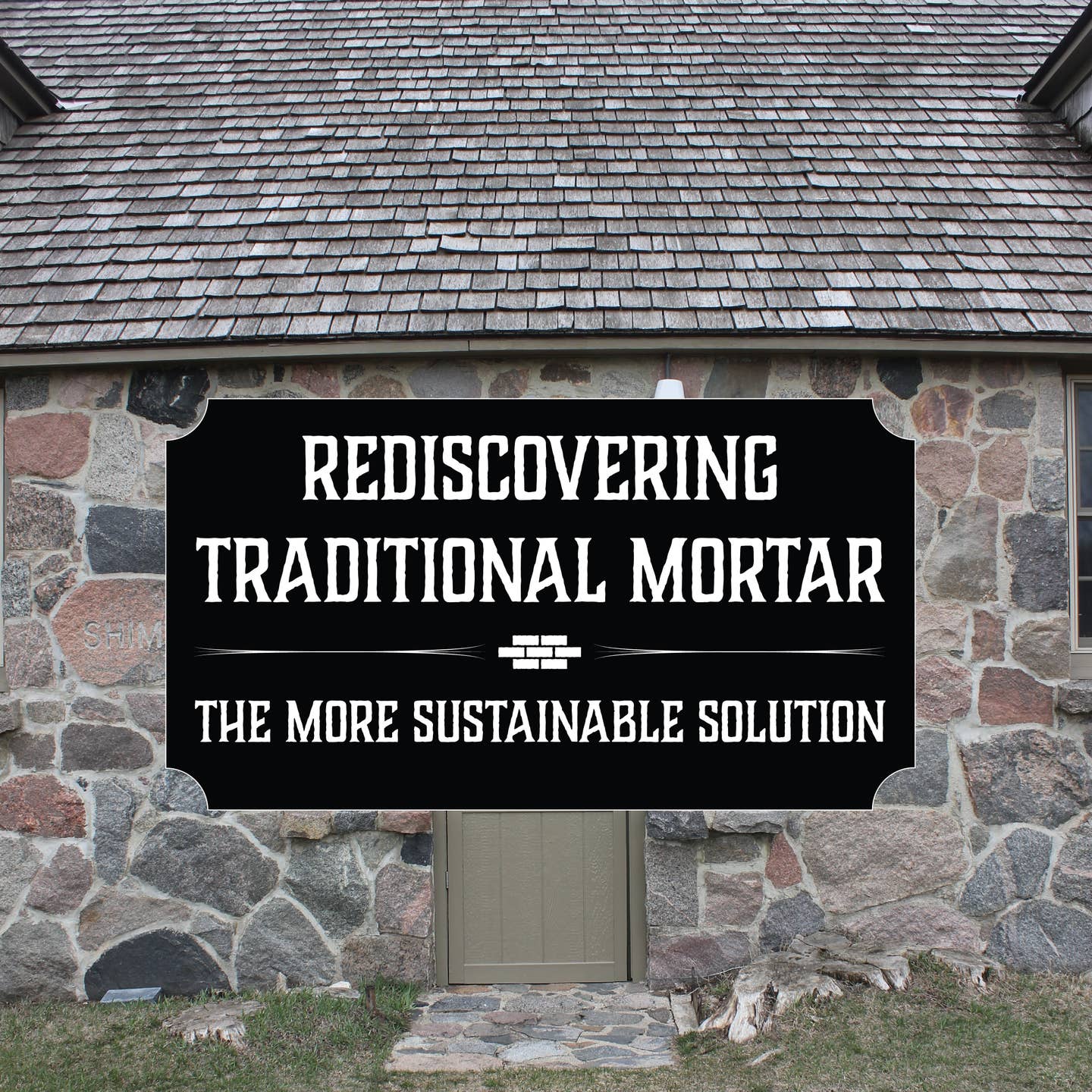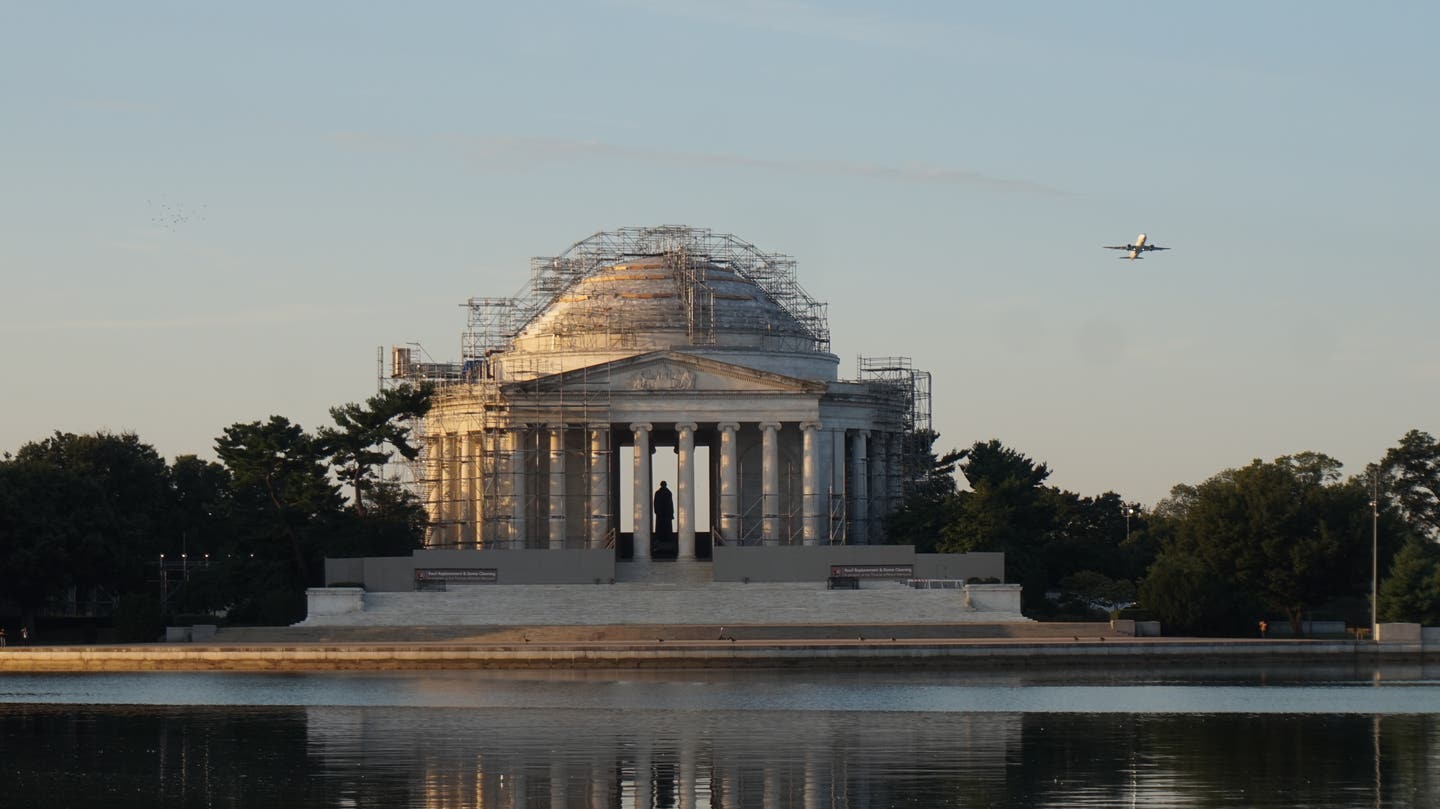
Regional Awards
Preserving the Built Environment, Across Two Continents
The enthusiasm with which architect Mary Brush speaks about her experience as a recipient of the Richard Morris Hunt Prize is contagious. She conveys honest joy when describing the value of her time spent abroad learning from other experts in her field. It is the professional exchange and camaraderie that stays with the 2005 laureate, even after all these years.
Founded by Michèle le Menestrel Ullrich in 1990, the prize honors Richard Morris Hunt (1827–1895), the first American architect to graduate from the École des Beaux-Arts in Paris and founder of the American Institute of Architects. It is awarded annually to support in-depth research travel by two laureates, a Fellow and a Scholar, and it alternates each year between French and American practitioners working in historic preservation and restoration. U.S. design professionals study in France, and French prize winners study in the U.S. After three decades, it has forged a transcontinental network of architects—“a family of laureates”—whose shared mission is the co-existence of historic and contemporary architecture.
Laureates are selected, in part, based on their research goals. Recipients’ areas of expertise are wide-ranging—anything from emergency preparedness of historic buildings to regulatory processes of preservation to the impact of new construction on centuries-old buildings to retrofitting historic factories for housing developments, and well beyond.
Brush recalls witnessing the restoration of a Notre Dame gargoyle, as well as the first day of the restoration of the Pope’s private chapel. “Every day I was there was that level of special,” she says, adding that France has been preserving its buildings for over 400 years and the U.S. has learned much from their techniques. She notes, too, that the prize elevates an architect’s standing in the field and expands their professional network to include some of the most knowledgeable and forward-thinking architecture preservation experts. “Through this experience we gain an extra level of professional confidence by being in others’ offices and learning how they do their work,” she explains.
Recipients go on to share best practices as alumni, and every two years, the group hosts a reunion in either France or the U.S. to continue relationships and professional growth. Brush has attended many reunions and says, “I don’t know of another award or prize that has a lifetime commitment. We get to do wildly amazing work, either in France or the United States.” She recalls the most recent reunion, which saw the laureates climbing the scaffolding inside the Notre Dame Cathedral accompanying one of the lead conservators to learn what was being done following the destructive 2019 fire.
Constance Lai, another laureate and manager of historic preservation services at Grunley Construction Company, works on the construction side of historic preservation projects. Her area of interest is federal buildings in Washington, D.C. She has worked on the Washington Monument, the Jefferson Memorial, the U.S. Capitol, and numerous Smithsonian Institution buildings. “There is a general philosophy that these buildings need to be preserved and because they are stone structures they will last, if they are maintained,” she says, noting that her time spent in Paris as a prize recipient has deeply informed her approach to the preservation of masonry construction.
“Preservation is about sustainability,” Lai says, noting the connection between the longevity of Paris’s historic buildings and construction techniques aimed at longevity. “These buildings last thousands of years . . . the original masons and today’s hands-on architectural conservators . . . pride themselves on craftsmanship. It’s craftspeople who are the ones maintaining our buildings for the next century. Going to France and seeing how respected craftspeople are and how [the country of France] wants to maintain its buildings forever . . . it’s not just a cultural thing, it’s about sustainability—that’s what motivates me.”
Lai was part of the reunion group that toured post-fire Notre Dame. Although she agrees it was a trip highlight, she says that more important than all the sites visited was the exchange between colleagues across the two continents. “We learned about the different construction techniques French architects use,” she recalls, “and we can learn from mistakes they shared.” She explains that the French system is more of a “top-down type of government,” meaning all historic buildings must be reviewed by the French State, whereas in America, the preservation movement is grassroots and reliant on local communities to band together to raise funds to preserve a building or revitalize a main street. “We get state and federal funding but the idea for those projects comes from the ground up,” she says. “The French are fascinated by that approach. They find it loosey-goosey and chaotic, but they also appreciate that we have the freedom to do preservation the way we want to.”
Lai provides just one of innumerable examples of the ways in which professional and cultural exchange between countries can inform one’s work. Learning from the keepers of France’s most precious buildings is invaluable to American architects. And those practicing in France benefit from the more contemporary context in which U.S. architects work. All told, it’s this sharing of information, ideology, and inspiration that makes the Richard Morris Hunt Prize such a stand-out offering.
The Richard Morris Hunt Prize is a curated six-month fellowship, divisible into two or three periods. It includes a $20,000 award for registered architects to pursue research on emerging trends in historic preservation; the runner-up receives a $5,000 scholarship for a five-week course of research and study. The next laureate will be chosen in 2024; applications can be found at www.architectsfoundation.org.



